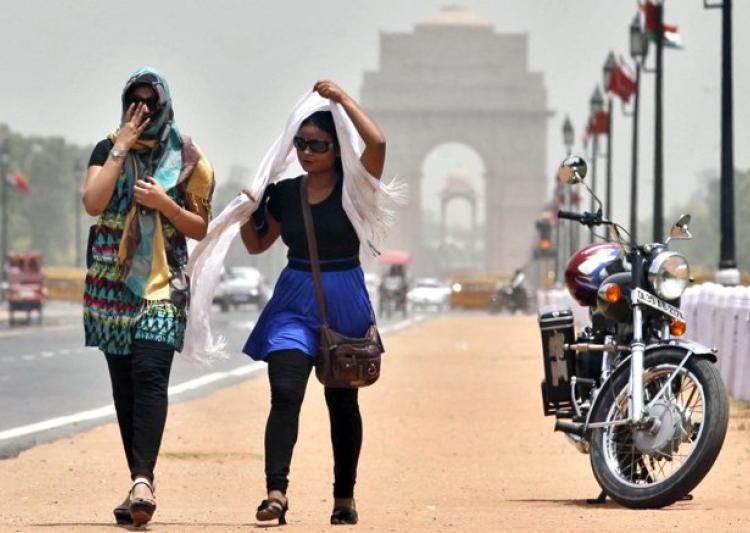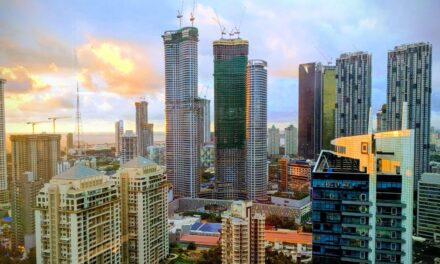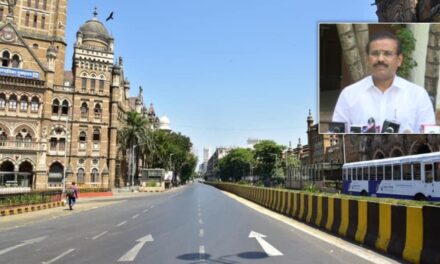Brace for a ‘warmer’ summer this year, heatwave conditions likely in some states: IMD


Representational Image
Brace for a warmer summer ahead with the weathermen predicting ‘above normal’ temperature across the country this season, even as January was recorded as the eighth warmest in 116 years.
Several states are likely to witness heatwave conditions, the India Meteorological Department (IMD) said in its summer forecast for the season (March to May).
The IMD said that the northwest region of the country would be the worst affected with temperatures of more than one degree Celsius above normal.
In the rest of the country, temperatures are likely to be a degree Celsius above normal.
“Above normal temperatures up to one degree Celsius are likely to prevail over all meteorological sub-divisions of the country, except the northwest India where temperatures are likely to be more than one degree Celsius above normal,” the IMD said.
Above normal conditions are likely over “core heatwave zone”.
This includes Punjab, Himachal Pradesh, Uttarakhand, Delhi, Haryana, Rajasthan, Uttar Pradesh, Gujarat, Madhya Pradesh, Chhattisgarh, Bihar, Jharkhand, West Bengal, Odisha and Telangana.
The core heatwave region also includes Marathwada, Central Maharashtra and Vidarbha regions of Maharashtra and coastal state of Andhra Pradesh.
2016 has been recorded as the hottest year since 1901.
Phalodi in Rajasthan recorded 51 degrees Celsius, the highest ever recorded in the country.
Last year, more than 1,600 people died due to extreme climate conditions. Of them, 700 died due to heatwave conditions. This included over 400 deaths in Andhra Pradesh and Telangana.
This January has been recorded as the eighth warmest since 1901.
“The country averaged monthly mean temperature during January 2017 was also significantly above normal with anomalies of 0.67 degree Celsius, which is the warmest ever since 1901,” the IMD said.
Meanwhile, new research has indicated that the global rise in temperature will also have a significant impact on Mumbai, with the city losing half of its mild weather days by the year 2100.
With PTI inputs













